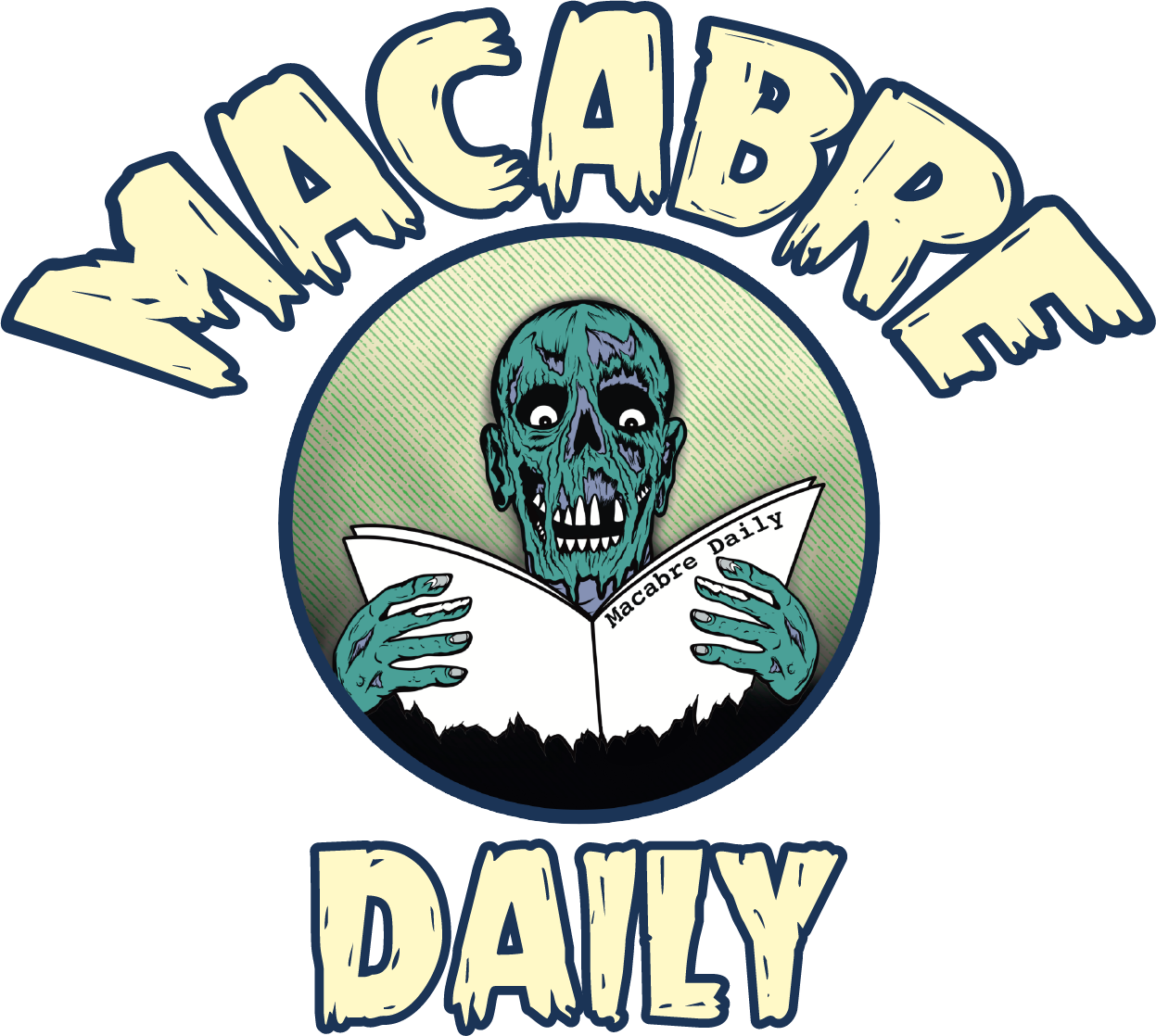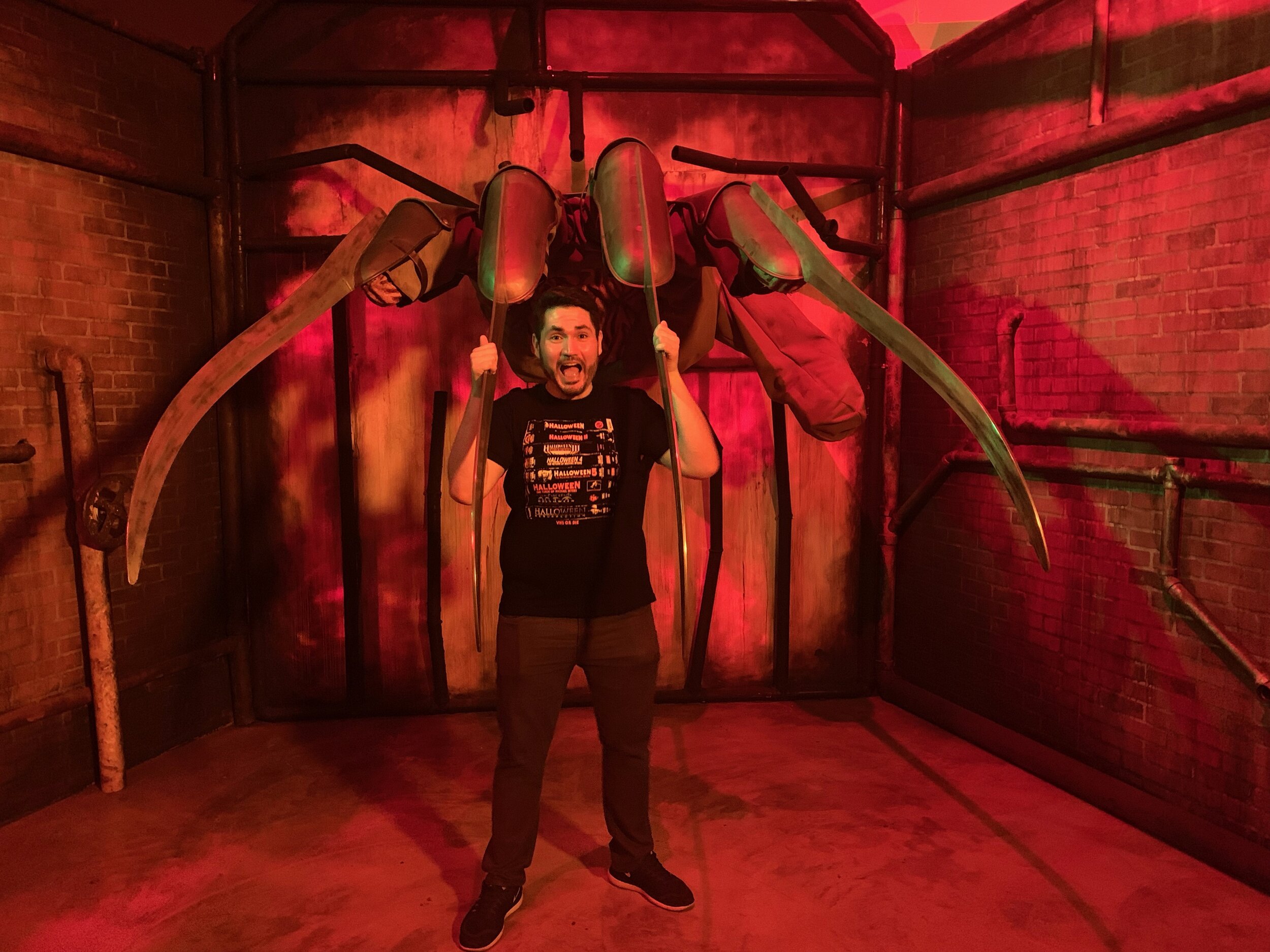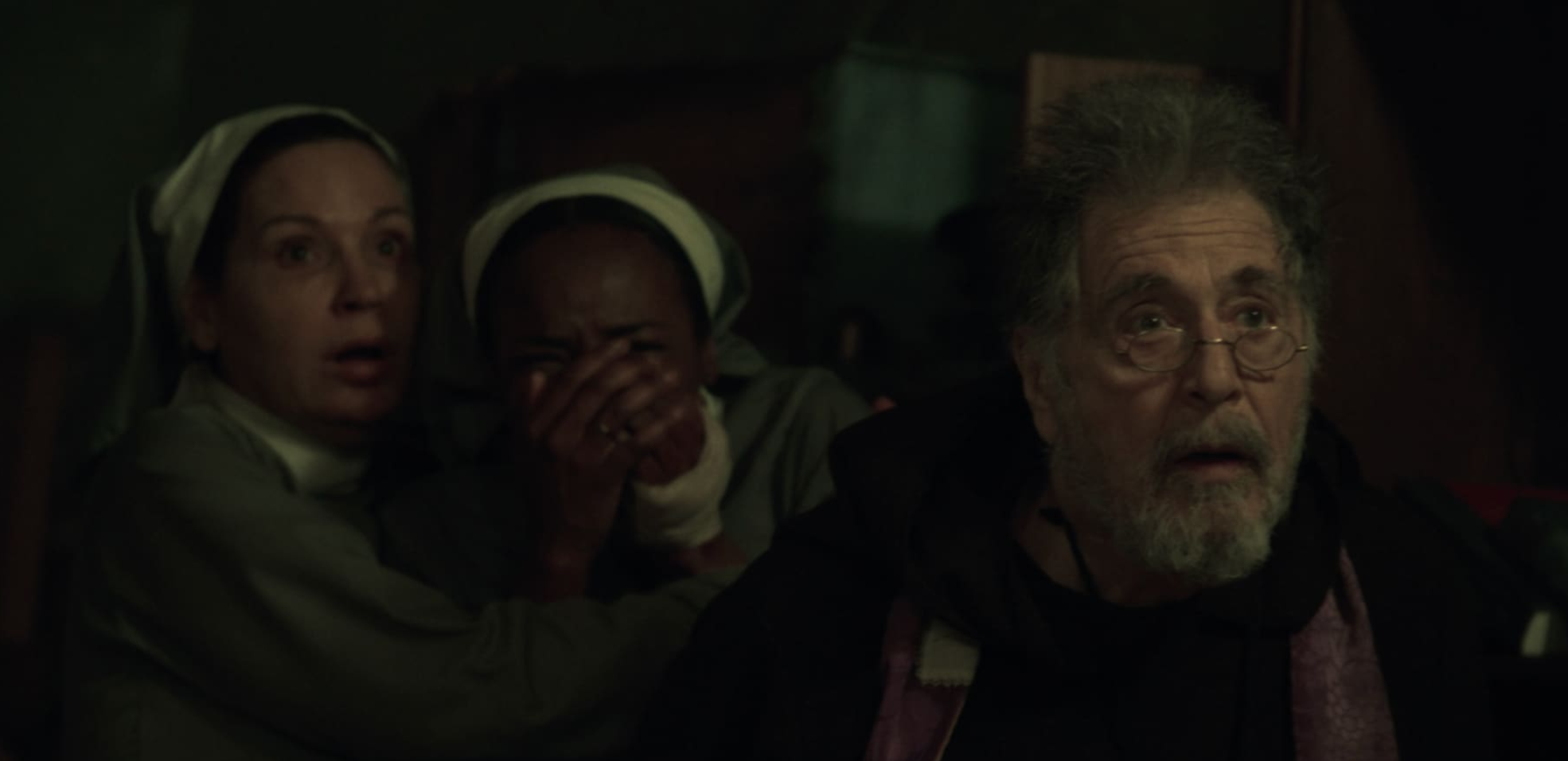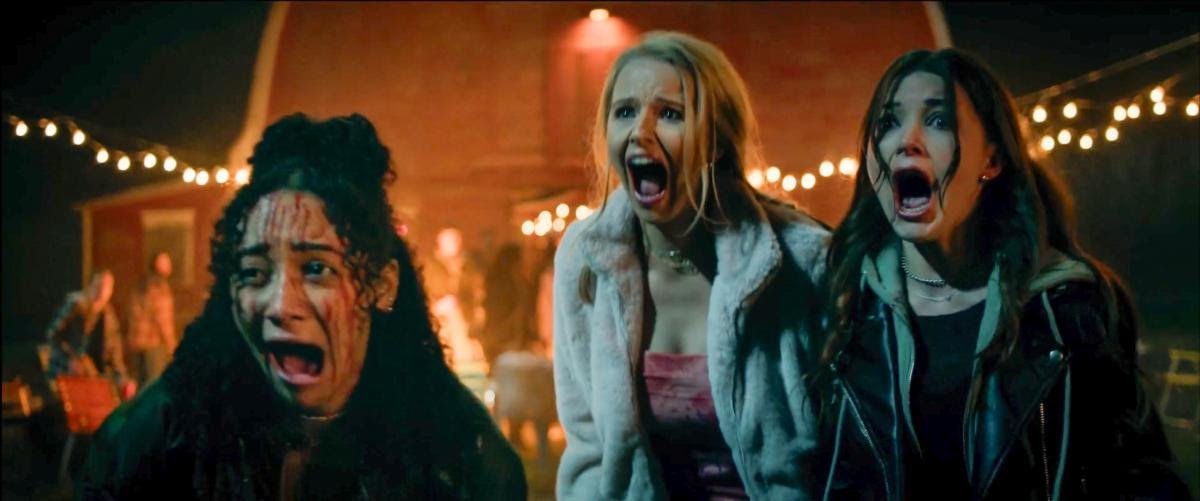AND THE HORRORS PERSISTED: The Immigrant Experience In Horror
“And The Horrors Persisted” is an idea that came from a feeling many of us are likely experiencing now, shock and sadness. You don’t have to scroll too far to see the onslaught of news hitting our feeds daily and the kind of negative connotation much of it carries, and this isn’t a new problem. For a long time, many of us have been struggling to understand the way of the world, the shifts in discourse, and the impact it has on culture, justice, and policy. The intended effect of this onslaught is often to paralyze us into apathy and unconscious submission regardless of morality or ethics, but like any great horror film, the story ain’t over until the survivor(s) says so. Each month, this column will tackle different societal trends and explore how these show up in the horror genre. While we aim to present unbiased information, the very nature of this conversation is likely to rile some people up in the wrong and the right ways. Regardless of your opinion, we encourage you to examine this with an open mind and invite you to engage with us respectfully through our social media to further unpack how genre fans feel, and how this relates to their love of horror.
This month’s column is on the immigrant experience in horror…
Setting The Stage
The word “immigrant” is defined as, “a person who comes to live permanently in a foreign country.” This is the most basic definition, void of any politicization or opinion, and is not unique to one region of the world. Immigrants come from all over and migrate to different places under varying contexts such as work, retirement, education, asylum, and safety often with the intent of living a better life for themselves and their families. In the United States alone, immigrants represent approximately 14.3% of the country’s population, and in Europe, the number is around 9%. Many countries, the US in particular, have benefited greatly from migration over the last 100 years alone as it has led to innovation, improved economies, and evolving culture through the sharing of regional traditions, foods, and celebrations. This doesn’t even account for the impact it has on the workforce, which sees increases in interpersonal skills critical to civil engagement. We know what you’re thinking though, what does this have to do with horror movies?
“Into the Dark": Culture Shock” (2019)
The “Horrors” Of The Immigrant Experience
Open up your favorite news app and there is a very good chance you’ll see some article about immigrants on your page. Chances are, many of the stories you’re likely seeing in our current moment focus on people being deported, turned away from seeking asylum, or policies that seek to reduce the number of immigrants in this country. This framing of the immigrant as the “other” and one to fear and ward off plays right into the tropes of so many horror movies; to fear the unknown or those that are different from you. Horror films prepare us to question our preconceived notions and operate under the assumption that we (the viewers) are not safe from what is pursuing the actors. For many decades, horror was fueling the fires of harmful stereotypes to enforce a kind of white supremacy on screen. Most if not all final girls in the 80s were white, and retroactive research has continued to find that marginalized people often fare differently than their non-marginalized co-stars including being characterized with offensive stereotypes.
The irony, if we can morbidly call it that, in all of this is that immigrants are often the last people to fear in horror films. In most cases, killers take the shape of inhuman monsters/creatures or in the case of slashers, usually straight, white men with personality disorders. To some extent this can be seen as a weird form of justice, and in the last 20 years the tides have shifted in genre film where we see an increased amount of diversity in the role of the antagonist without a significant increase in rhetoric that unfairly places their background as the reason for their villainy. The heightened awareness in the US around how asylum seekers and immigrants are treated, particularly from Latin countries has made it more visible just how awful some folks are treated while also highlighting the inequity between non-white immigrants and predominantly white immigrants. From children being detained in cages to Islamophobic threats to Middle Eastern migrants, there is no shortage of examples showcasing the horrors of being an immigrant in the US.
Immigrant Culture’s Lasting Influence On Horror
Before diving into some cinematic examples, it is worth acknowledging that so much of the lore and mythos that serves as the foundation for horror comes from immigrants and other countries. Take the “Zombie” genre as an example. Born out of Haitian mythology and seen in several films before George Romero’s “Night of the Living Dead,” the Haitian zombie was part somnambulist and part torture victim as the deceased person was doomed to “live” consciously in a body that was dead and immobile. The concept of the “living dead” is pulled directly from this and seen in early studio films such as “White Zombie” (starring Hungarian immigrant, Bela Lugosi) and “I Walked With A Zombie.” But Zombies aren’t the only thing that immigrants can lay some claim to, because guess what, the boogeyman isn’t from here.
While the etymology of the term “boogeyman” is derived from 15th-century English, this was not the first example of such an idea. Some origins can be traced back to the Ancient Greek myth of the “Laima” and “La Llorna” has roots in the Aztec god Coatlicue which pre-date anything in Europe. In Japan, “Yokai” is a kind of catch-all term for “demon,” but with lots of tangentiality to how we talk about and frame our “boogeyman.” What’s fascinating about these origins is that they are far more fleshed out and defined than what we have come to refer to as the “boogeyman” and so much so that John Carpenter even found it apt to make that the moniker for his evil incarnate killer, Michael Myers. There is a rich cultural history attached to these ideas, and sadly, colonialism has whitewashed many of these references or manipulated them into something more broadly palatable. Without immigrants bringing their stories and sharing their cultures, we would be robbed of so many amazing horror films and ideas that still captivate us today and will in perpetuity.
Immigration In Horror Cinema
Below are some films that center on the immigrant experience in horror, and this list is by no means definitive. One of the things that stands out in doing this research was that there are still not that many horror movies that focus specifically on the lived experience of immigrants and how that parlays itself into horror. If you have other films, TV episodes, books, or comics we should include please let us know!
💀 “Atlantiques” - streaming on Netflix and Mubi
💀 “No One Gets Out Alive” - streaming on Netflix
💀 “His House” - streaming on Netflix
💀 “Drug Traffic - Creepshow S3 E6” - streaming on Shudder and AMC+
💀 “Into the Dark: Culture Shock”- streaming on Hulu
💀 “Dirty Pretty Things” - streaming on Paramount+
💀 “Nanny” - streaming on Freevee and Amazon Prime Video
💀 “Raging Grace” - streaming on Paramount+
💀 “District 9” - streaming on Amazon Prime Video
💀“The Forever Purge” - streaming on Peacock
Stay up to date with “The Dark Side Of Pop Culture” by following Macabre Daily on Instagram, Facebook, and Twitter.















